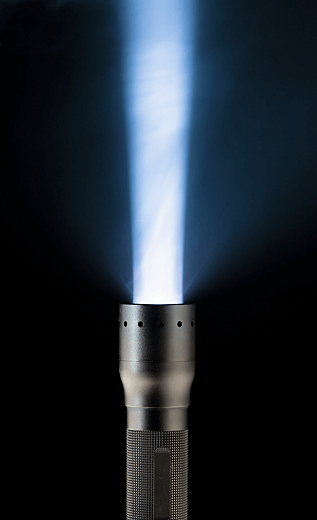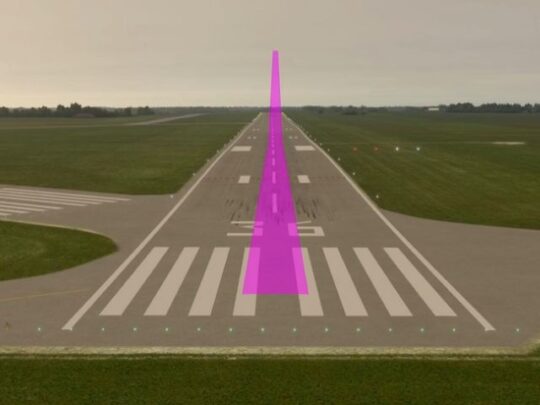Subscriber question:
"One of my biggest fears flying IFR at night is picking up ice. It happened to me once. I encountered ice in an area where none was forecast and it scared the pants off me. How can I tell if ice is accumulating on my airframe when I can't see it?" - Ben H.
Bob:
 “Ice accumulation at night can be insidious and requires alertness on the part of the pilot to detect it before it accumulates to the point where it puts the flight characteristics of the aircraft in jeopardy. Remember that ice affects all four fundamental forces of flight negatively. Lift, drag, thrust, and weight are all affected negatively by ice. As a result, a small amount of ice can result in a severe performance loss for the typical unprotected light aircraft.
“Ice accumulation at night can be insidious and requires alertness on the part of the pilot to detect it before it accumulates to the point where it puts the flight characteristics of the aircraft in jeopardy. Remember that ice affects all four fundamental forces of flight negatively. Lift, drag, thrust, and weight are all affected negatively by ice. As a result, a small amount of ice can result in a severe performance loss for the typical unprotected light aircraft.
Your best defense is route planning that helps you avoid routes where icing is forecast. Even then, you need to be vigilant against unforecasted icing.
Your best tool for detecting icing is a good flashlight capable of illuminating the leading edge of the wing, the gear legs, and the windshield.
Any change in performance or sound of the aircraft should prompt you to check for ice. Any change in feel, if you’re hand-flying, should likewise make you suspicious and is a reason to check for ice, as is a report of ice by another aircraft near or along your route.
If your aircraft is equipped with an autopilot and you are in conditions where other aircraft are reporting ice, turn the autopilot off and hand fly the airplane so that the autopilot doesn’t mask performance changes.”

